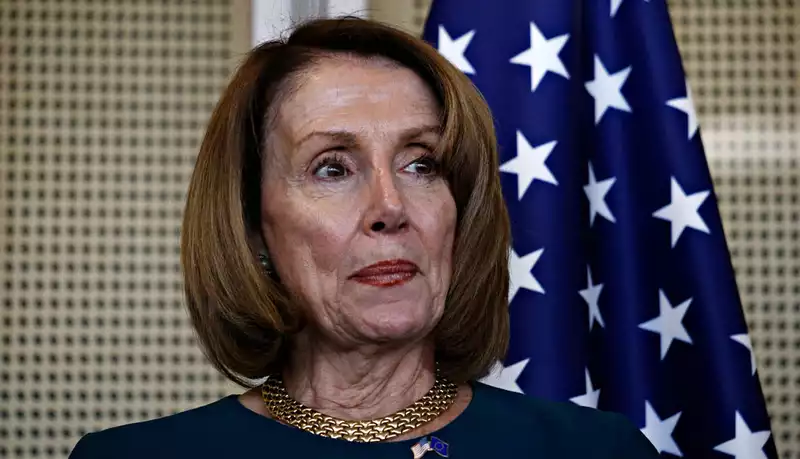When Democrats and Republicans return to Washington in a few weeks, the stalemate in stimulus negotiations will continue and several alternatives will be considered.
Below is a summary of the current situation and what must happen next for Americans to receive their stimulus checks2 and other coronavirus relief benefits.
Democratic negotiators, led by House Speaker Nancy Pelosi (D-CA), and Republican negotiators, led by Treasury Secretary Steven Mnuchin and White House Chief of Staff Mark Meadows, have not held formal talks on a second round of stimulus since early August. However, Pelosi spoke with both Mnuchin and Meadows by phone last week.
The two sticking points preventing agreement are the overall cost of the second round of stimulus legislation and plans to resume federal unemployment benefit supplemental payments, which ended on July 31.
The Democratic HEROES Act, passed by the House in May, sets spending at about $3.4 trillion, but Pelosi has recently said that it could be lowered to $2.2 trillion. This is roughly the same as the cost of the CARES Act, the first stimulus package in March.
In late July, Senate Majority Leader Mitch McConnell (R-Kentucky) and the White House proposed the HEALS Act, which would cost $1.1 trillion. Since then, President Donald Trump has indicated his intention to sign a $1.3 trillion bill.
Just this past Tuesday, Mnuchin told a House committee that the administration's allowable figure has risen to $1.5 trillion. However, that still leaves a $700 billion gap in overall spending.
Regarding supplemental federal unemployment benefits, Democrats want to resume them at the $600 per week level set by the CARES Act for the time being. Republicans have offered various proposals to reduce unemployment benefits to $300 to $400 per week and phase out benefits over several months.
Meanwhile, President Trump has issued an executive order to provide a temporary $300 per week subsidy from FEMA's emergency assistance budget.
Both the House and Senate have tabled formal proposals for a second stimulus package, both of which include stimulus check 2.
The House's HEROES Act would send $1,200 checks to individuals with annual incomes up to $75,000 (if single) and $150,000 (if married), with proportional benefits to those earning up to $99,000 and $198,000 respectively.
The bill would also expand dependent care benefits beyond those provided in the March CARES law, sending $1,200 to college students, disabled adults, and other claimed dependents up to $6,000 per family.
The Senate HEALS Act would provide similar benefits for individuals, but only $500 per dependent, regardless of age. Another bill introduced by a group of Senate Republicans would lower the income cap to $1,000 per individual and an additional $1,000 per dependent.
There are also two "skinny" bills, one in each house, that may soon be formally introduced. Both would resume supplemental federal unemployment benefits, but would exclude stimulus check 2. Politico reports that the Senate Republican "skinny" proposal is expected to provide $300 per week in federal unemployment benefits through the end of the year.
Senators will resume session on September 8. The House will also return from recess after Labor Day and will hold committee hearings, but a plenary vote will not resume until the following week.
Given the stalled negotiations and the possibility that the new "skinny" proposal may not have enough support for passage, there is no clear timeline for when lawmakers can vote on additional stimulus spending bills.
In fact, the streamlined bill is mostly symbolic and may be meant to demonstrate lawmakers' concern for their constituents' well-being ahead of the election rather than to provide meaningful relief. Nevertheless, some legislators are pressuring leaders to move forward with an agreement in the immediate future.
If the bill containing the stimulus check2 moves forward (unlikely at this time), the government could reportedly receive payment within a week or two.
Along with the stalling of the stimulus package, another federal funding issue is looming. Without a FY2021 budget to keep agencies operating, the government typically shuts down at the end of September. [But according to a Politico report, Pelosi and Mnuchin have agreed to keep the government operating after September 30 and to keep negotiations over a second stimulus package separate from federal budget talks.
Details of how the government will be funded are not yet clear, but there is hope that essential federal services will continue even if lawmakers are unable to reach agreement on an additional stimulus package.
.









Comments